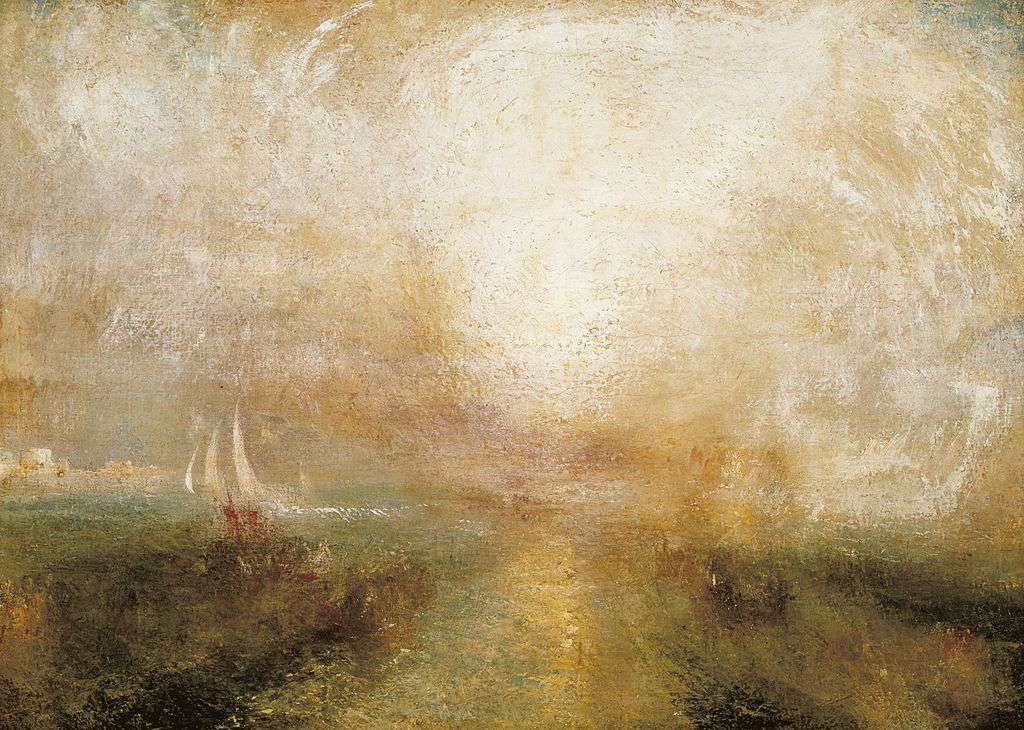Unveiling the Process and Artists of Scumbling Technique – Art is a canvas of creativity that knows no bounds. Among the myriad techniques that artists employ, the scumbling technique stands as a captivating approach that adds depth and texture to artworks. This article delves into the scumbling technique, exploring its process and highlighting notable artists who have embraced its magic.
Understanding the Scumbling Technique
Scumbling is an artistic technique that involves applying a thin layer of translucent paint over an existing layer on the canvas. This layer can be achieved using techniques like dry brushing or using a soft cloth. The primary aim of scumbling is to modify the appearance of the underlying colors, creating intriguing visual effects that contribute to the overall aesthetics of the artwork. slot gacor
The Process of Scumbling
The process of scumbling begins by having a base layer of paint on the canvas. This base layer can be an existing layer that has dried or a freshly applied layer. The scumbling layer is then created using a lighter or darker color than the base layer. The translucent nature of the scumbling layer allows some of the base layer to show through, giving the illusion of depth and texture.

Artists employ various tools for scumbling, including soft brushes, cloth, or even their fingertips. The key is to apply the scumbling layer gently and lightly, allowing the colors to blend harmoniously while maintaining the transparency of the layer.
Artists Who Use Scumbling
J.M.W. Turner: Renowned for his captivating landscapes, J.M.W. Turner was a master of the scumbling technique. His paintings are characterized by the ethereal quality of light and atmosphere, achieved through skillful scumbling. Turner’s use of scumbling added a sense of drama and mystery to his works, making them truly captivating.
Rembrandt van Rijn: The legendary Dutch artist Rembrandt utilized scumbling to create subtle transitions of light and shadow in his portraits. His mastery of scumbling allowed him to capture the intricate details of his subjects’ expressions, lending a lifelike quality to his paintings.
Leonardo da Vinci: The Renaissance genius Leonardo da Vinci employed scumbling to achieve the soft transitions and atmospheric effects in his artworks. His use of scumbling can be observed in his iconic painting “Mona Lisa,” where the delicate layers of color contribute to the enigmatic smile of the subject.
Conclusion
The scumbling technique in art is a testament to the artist’s skill in manipulating color and light to create captivating visual effects. With a delicate touch and an understanding of color theory, artists can transform ordinary canvases into mesmerizing masterpieces.
From J.M.W. Turner’s dramatic landscapes to Rembrandt’s expressive portraits, the scumbling technique has left an indelible mark on the world of art. As you explore the depths of artistic techniques, take a moment to appreciate the enchanting world of scumbling and the artists who have harnessed its power to create truly extraordinary works of art.